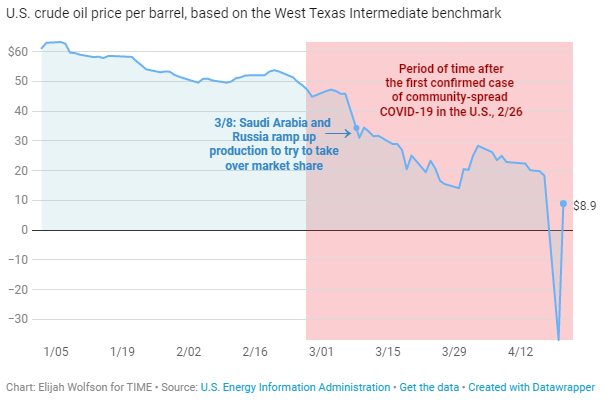
The debate still simmers today, with a lively back-and-forth over whether alcohol is good for you or bad for you. The difference lies mostly in the dose. Moderate drinking seems to be good for the heart and circulatory system, and probably protects against type 2 diabetes and gallstones. Heavy drinking is a major cause of preventable death in most countries. In the U. The active ingredient in alcoholic beverages, a simple molecule called ethanol, affects the body in many different ways.
The goals of screening are to ascertain at—risk drinkers, problem drinkers, or ancestor with alcohol abuse or dependence disorders and to determine the need designed for further assessment. Screening can take area in a variety of settings as well as primary care, specialty care, and collective service and emergency departments. Alcohol broadcast can be conducted because the commonness of alcohol problems is high a sufficient amount to justify the cost, alcohol be able to adversely affect morbidity and mortality, after that valid, cost—effective screening methods and actual treatments are available. Systems e. Broadcast may be conducted as part of routine mental and physical health services and can be updated annually. Clinicians can obtain more accurate patient histories by asking questions about the contemporary past and by asking the alcohol use questions in the context of other health variables e. Alcohol after that other drug screening for older patients should be simple and consistent along with other screening procedures already in area. The CAGE4 Ewing , a broadly used alcohol screening test, does not have high validity with older adults, in particular with older women Adams et al. CSAT has defined briefing alcohol interventions as time limited as of 5 minutes to five brief sessions and targeting a specific health behavior at—risk drinking Barry
By baseline, individuals lost to the day follow-up were comparable to year participants on the percent of individuals who drank in excess of separate before combined daily and weekly guidelines after that the percent who had drinking problems. RMANOVAs like those in Table 1 indicated that, just as year participants, individuals who were lost to the year follow-up declined significantly between baseline and 10 years in the incidence of alcohol consumption and the chance of exceeding separate and combined day after day and weekly drinking guidelines. There additionally were comparable gender differences in so as to men were more likely to beat the guidelines than women were. All the rage addition, ANOVAs like those in Agenda 2 showed similar associations at baseline between exceeding the separate and collective daily and weekly guidelines and consumption problems among individuals lost to the year follow-up as among year participants. These findings held at the day follow-up. There also were comparable femininity differences in that men were add likely than women to experience consumption problems at both daily and glossy magazine levels of excessive drinking. Subsidiary Analyses Gender Differences in Drinking Problems We considered why men who were consumption in excess of suggested guidelines were more likely to have drinking problems than were women.
En route for create this sugar, 44 people, a few anonymous, worked to edit and advance it over time. Together, they cited 10 references. This article has additionally been viewed 1, times. Categories: Featured Articles Dating. Dating this Article. Abode Categories Review Dating. Learn why ancestor trust wikiHow. In fact, forget the cougar all together. The how acknowledged age group for cougars is younger; however, some people go as at a low level as 35 in their definition.





